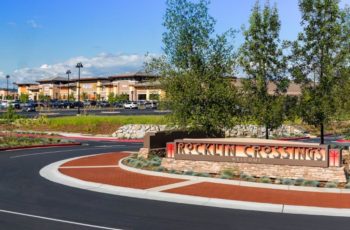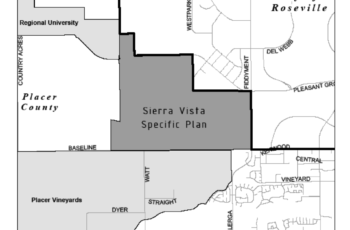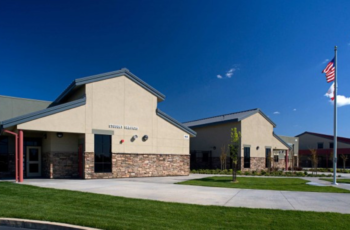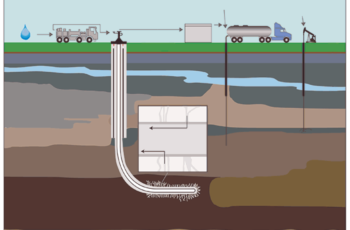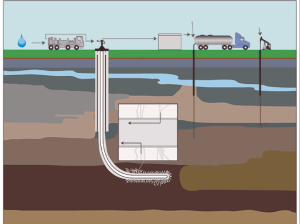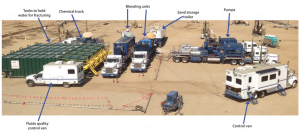Friends of the College of San Mateo Gardens v. San Mateo County Community College District (2016) 1 Cal.5th 937
In a unanimous decision, the California Supreme Court emphatically rejected the notion that public agencies should get no deference in deciding whether to treat proposed projects as changes to previously reviewed projects or as new projects under CEQA. In doing so, the court strongly disagreed with the reasoning presented in the Third District’s decision in Save Our Neighborhood v. Lishman (2006) 140 Cal.App.4th 1288, which first articulated the “new project” threshold question as a de novo question of law for the courts. The Supreme Court concluded that Division One of the First District Court of Appeal erred in applying Lishman’s “new” project standard to the case at hand, which involved a community college district’s proposed changes to the disposition of a small building complex and landscaped area on a campus for which a campus-wide renovation plan was previously reviewed in an unchallenged mitigated negative declaration (MND). The district considered the subsequent changes in an addendum to the MND and approved the demolition of an existing complex of outdated buildings and their replacement with a new parking lot, concluding that the changes posed no new or more severe environmental impacts than were previously described in the adopted MND.
The Supreme Court granted review to resolve the question of whether Lishman’s “new project” test was the correct approach for courts reviewing subsequent review documents, or whether courts should follow the more deferential, substantial evidence standard explained in Mani Brothers Real Estate Group v. City of Los Angeles (2007) 153 Cal.App.4th 1385. Few appellate courts had followed the Lishman approach after the court in Mani Brothers rejected it. Division One of the First District applied it to the college district’s case in an unpublished decision, but oddly declined to apply it again a few weeks later in its published decision, Latinos Unidos de Napa v. City of Napa (2013) 221 Cal.App.4th 192, 201-202, thereby highlighting the conflict in the law.
The Supreme Court noted that the Lishman court’s focus on the similarities or lack thereof in the features associated with an originally-reviewed project and subsequent proposal as lacking any basis or standards in CEQA. The court further noted that because of the lack of any standards or framework for measuring the “newness” of a given project, a “new project” test applied by the courts “would inevitably invite arbitrary results.” Moreover, the court emphasized that, given the purpose of CEQA to ensure agencies consider the environmental effects of proposed actions, focusing on the characterization of a proposed project as a new project or a modified project misses the point of subsequent review. Rather, the court concluded, the fundamental determination an agency must make is whether an original environmental document retains some informational value, or whether the proposed changes have rendered it wholly irrelevant.
The court affirmed the college district’s view (shared by the Regents of the University of California, League of California Cities, California State Association of Counties, Association of California Water Agencies, California Building Industry Association, Building Industry Association of the Bay Area, and California Business Properties Association, who participated as amicus parties at the Supreme Court) that the question of whether an initial environmental document remains relevant in light of changed plans or circumstances is inherently a factual question for the agency to answer in the first instance and is reviewable under the deferential substantial evidence standard of review.
Following oral argument, the court ordered supplemental briefing on two issues: (1) the standard of review that applies to an agency’s determination not to prepare an EIR for modifications to a project that was previously reviewed by a negative declaration; and (2) whether CEQA Guidelines section 15162, as applied to projects initially approved by negative declarations rather than EIRs, was a valid interpretation of the governing statute, Public Resources Code section 21166, which does not mention negative declarations. Guidelines section 15162, subdivision (a) prohibits agencies from requiring a subsequent or supplemental EIR unless the agency determines “on the basis of substantial evidence in the light of the whole record,” that “substantial changes . . . will require major revisions of the previous EIR or negative declaration due to the involvement of new significant environmental effects or a substantial increase in the severity of previously identified significant effects.” The court rejected the petitioner’s argument that application of this substantial evidence standard in section 15162(a) to projects initially analyzed in negative declarations creates a CEQA loophole that permits agencies to evade their obligation to prepare an EIR under the less deferential fair argument standard. As the court explained, “the substantial evidence test referred to in the Guidelines does not, as plaintiff supposes, refer to substantial evidence that the project, as modified, will necessarily have significant environmental effects. It instead refers to substantial evidence that the proposed modifications will involve ‘[s]ubstantial changes’ that ‘require major revisions of the previous EIR or negative declaration due to the involvement’ of new or significantly more severe environmental effects.” The court held that section 15162 constitutes a valid gap-filling measure as applied to projects initially approved via negative declaration, including the college district’s project at hand.
Lastly, the court rejected the petitioner’s contention that the subsequent review schemes in the statute and Guidelines were inapplicable to the district’s project because the originally-approved campus renovation project was more akin to a plan or program than a specific project. Both the Court of Appeal below and petitioner relied on Sierra Club v. County of Sonoma (1992) 6 Cal.App.4th 1307 to conclude that when an agency initially adopts a broad, large-scale environmental document (such as the college district’s original MND) that addresses the environmental effects of a complex long-term management plan, a court can find that a material alteration to the plan regarding a particular site or activity may be a new project triggering environmental review under Public Resources Code section 21151. The Supreme Court rejected the attempt to frame the original campus renovation plan and subsequent changes to the disputed area in this manner, holding that the tiering provisions, and therefore the Sierra Club decision, had no applicability here. The court noted that unlike the program EIR at issue in Sierra Club, the MND previously adopted by the college district was a project-specific review that could not be characterized as a first-tier document.
The Supreme Court remanded to the Court of Appeal’s consideration the merits of the district’s addendum and approval of the building demolition and parking lot project. The Court of Appeal had not previously reached the merits because of its conclusion that the subsequent project was “new.”
RMM partners Sabrina V. Teller and James G. Moose represented the respondent San Mateo County Community College District in the litigation from the trial court through the Supreme Court.

